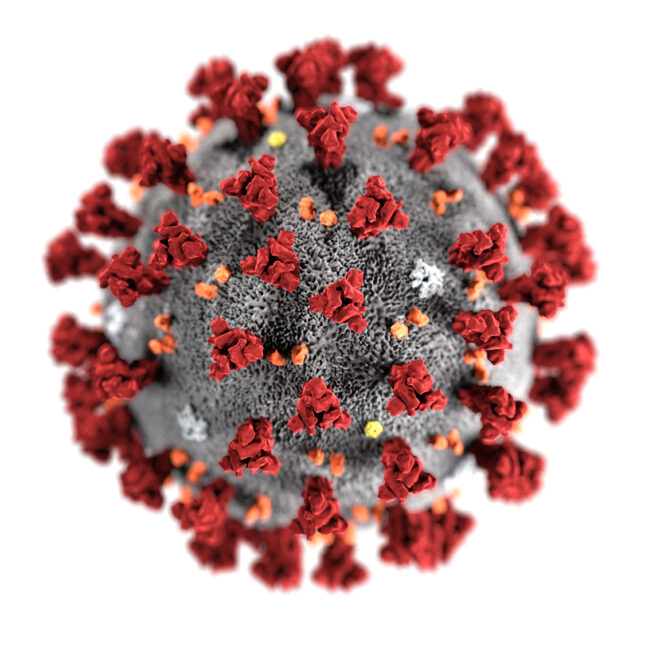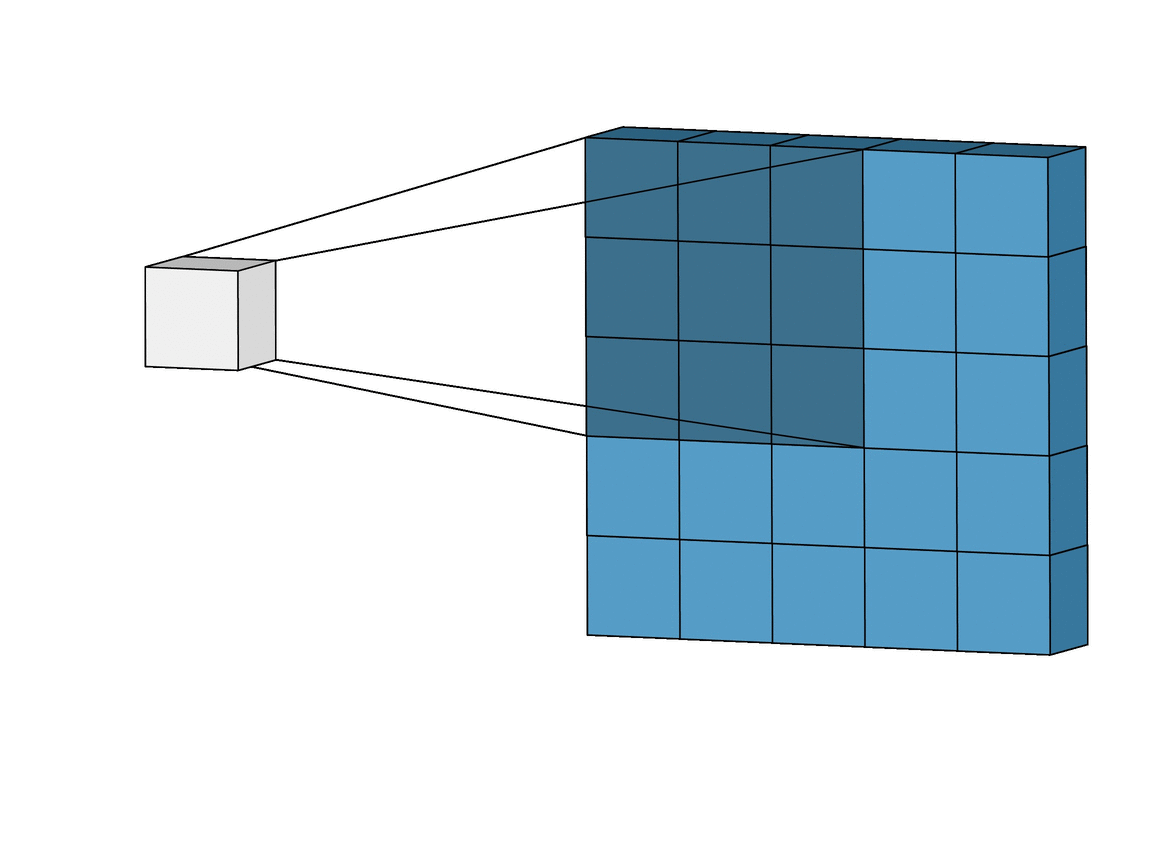In this post I’ll be discussing my final project for ECE 685: Deep Learning, a course I took at Duke University. For this project, Jiawei Chen and I proposed a two-stage algorithm to improve classification accuracy. You can find my Github repository for this blog here.
Convolutional Neural Networks (CNNs) have been used on 3D point clouds for object classification. However, due to the nature of the CNNs, classifiers, especially those CNN-based classifiers, are usually confused about objects that look alike.






